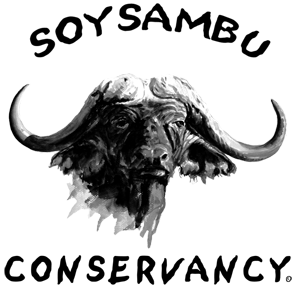Thank you for visiting this site. This is my first blog (ever) after setting this up with the help of my friend, Emma. Soysambu is the only area of open land left in this part of Kenya’s Great Rift Valley where the wildlife have come to take refuge from expanding human development. The soil is fragile and can only sustain grasses which provide food for the wild animals and cattle. Once an area successfully utilized only for livestock and hay cultivation it now has around 12,000 wildlife competing for the same resources. Lake Elmenteita which Soysambu borders on 3 sides was named a Wetland of International importance by the Ramsar Convention in 2005. This lake now hosts the only breeding colony of Great White Pelican in East Africa. Many populations of lesser and greater flamingo also occupy the lake. It is a birders paradise. You can’t imagine how important this is to the whole string of Rift Valley Lakes! Semi endangered Rothschild giraffe are happily reproducing here along with the Colobus monkeys, cape buffalo, eland, gazelles, impala and just about everything else. The Acacia woodlands, the Euporbia groves, the leleshwa bush all add up to areas in need of forestry preservation when everything around us is getting flattened. I could go on forever… How can we preserve this amazing array of flora and fauna and operate in a sustainable way utilizing all the resources available and to help the surrounding communities benefit from their wildlife heritage by developing programmes for poverty reduction and education? These were the questions facing us then and now as we are building the Conservancy. I am not an expert on these things, but learning fast, and looking for every way possible to protect the land, the wildlife and the culture. Any suggestions and comments are greatly welcomed and appreciated. Many thanks, Kat









